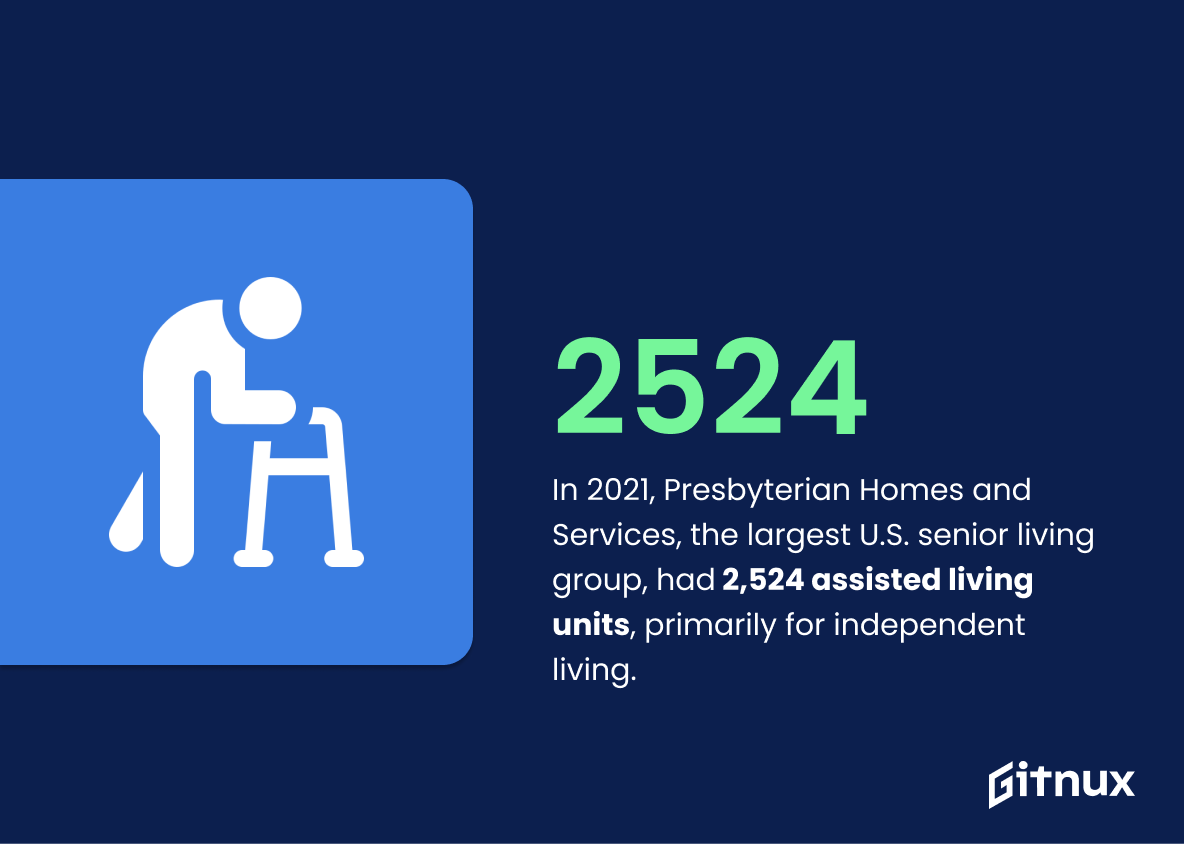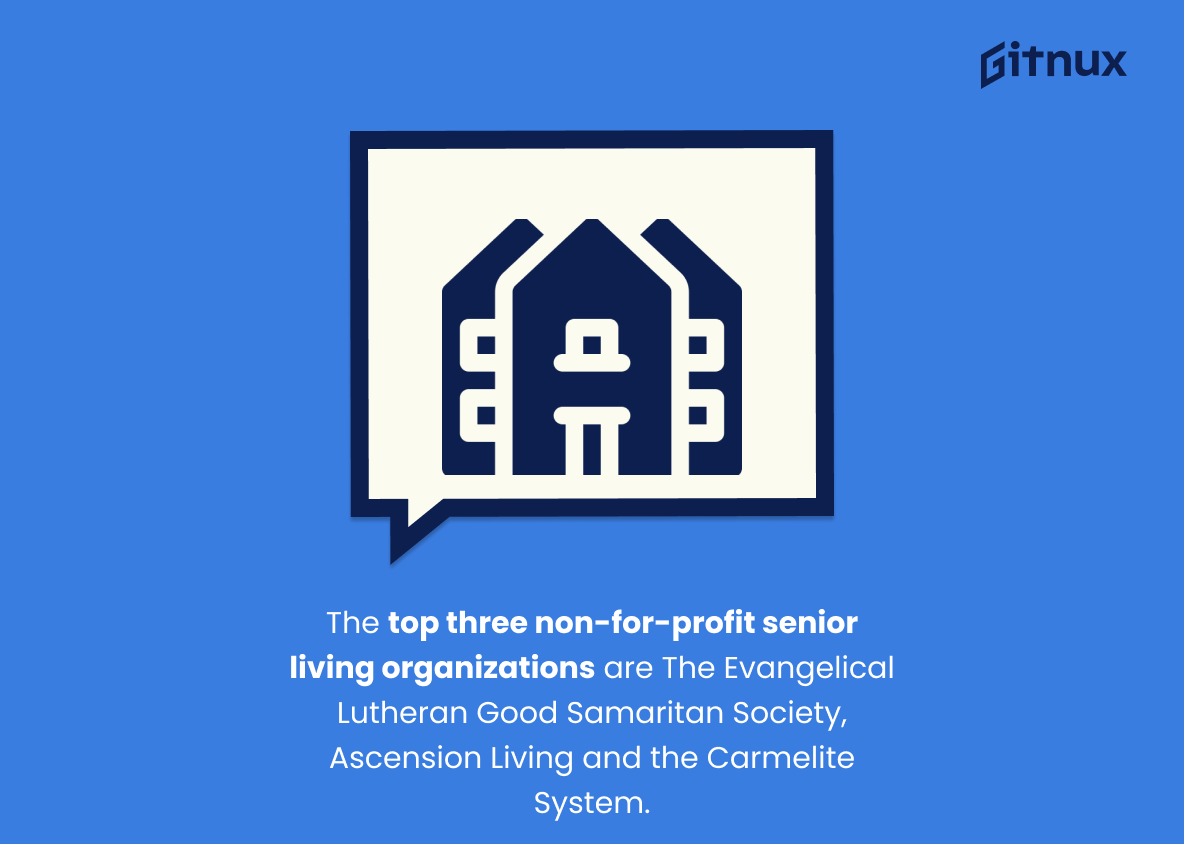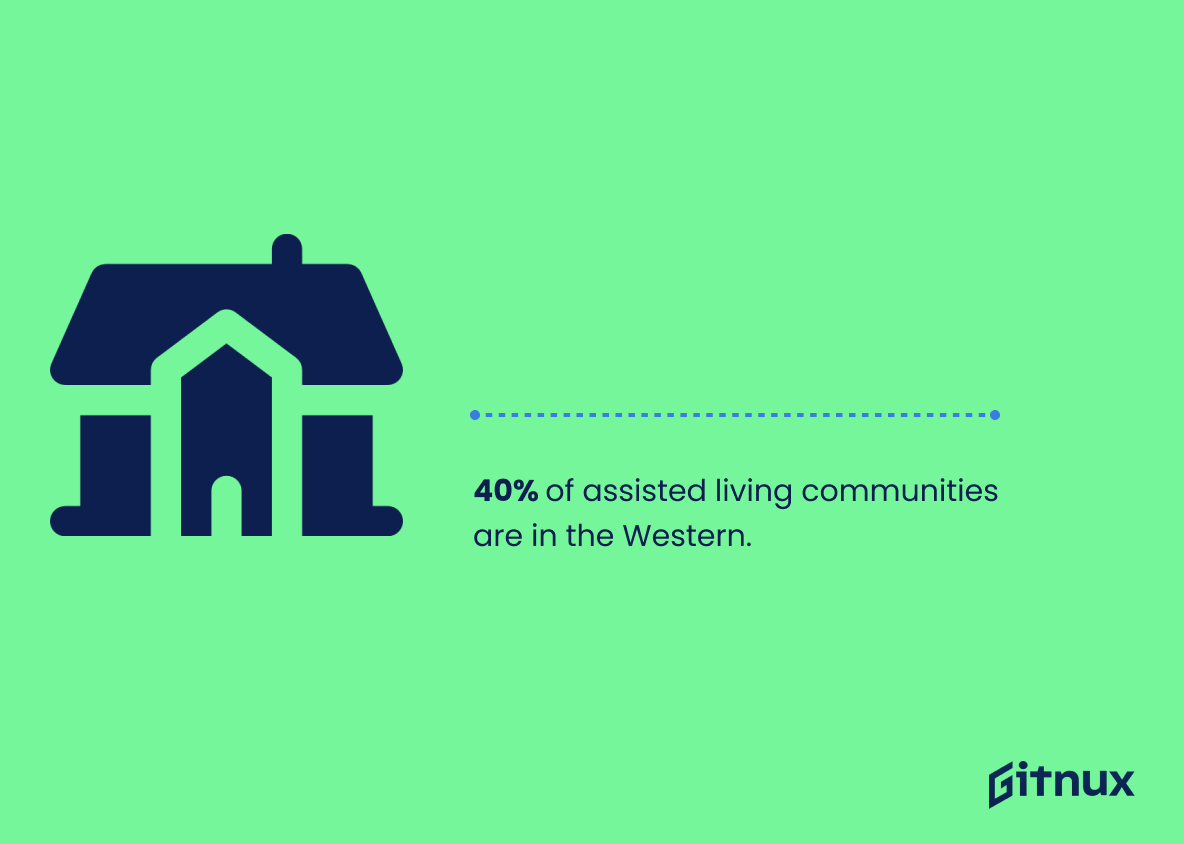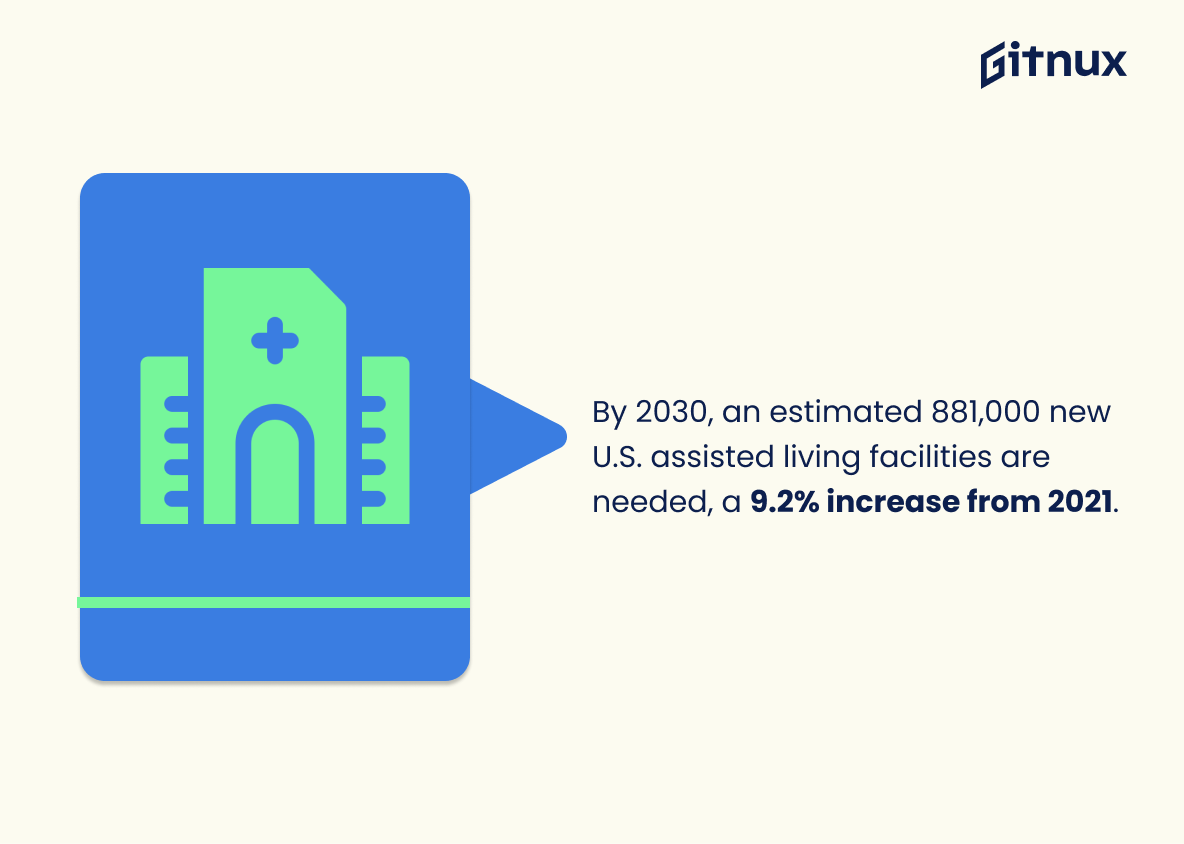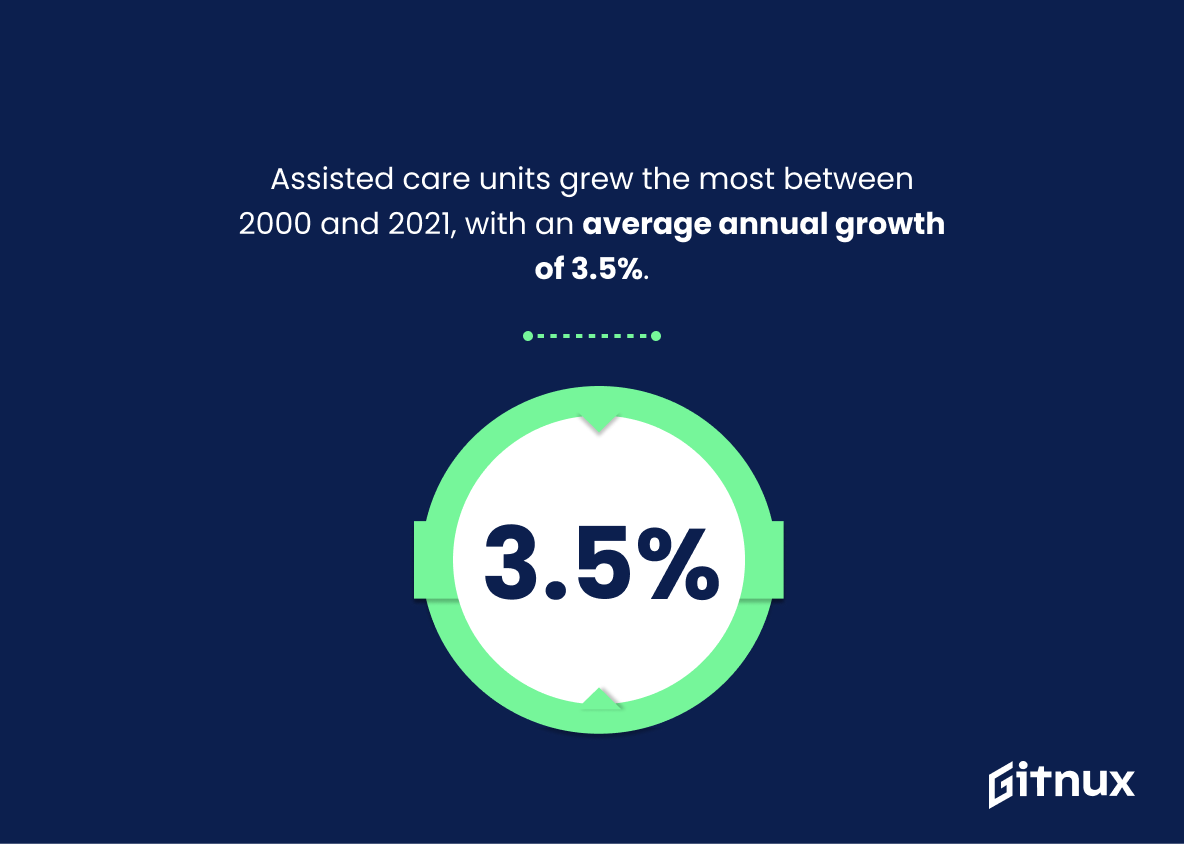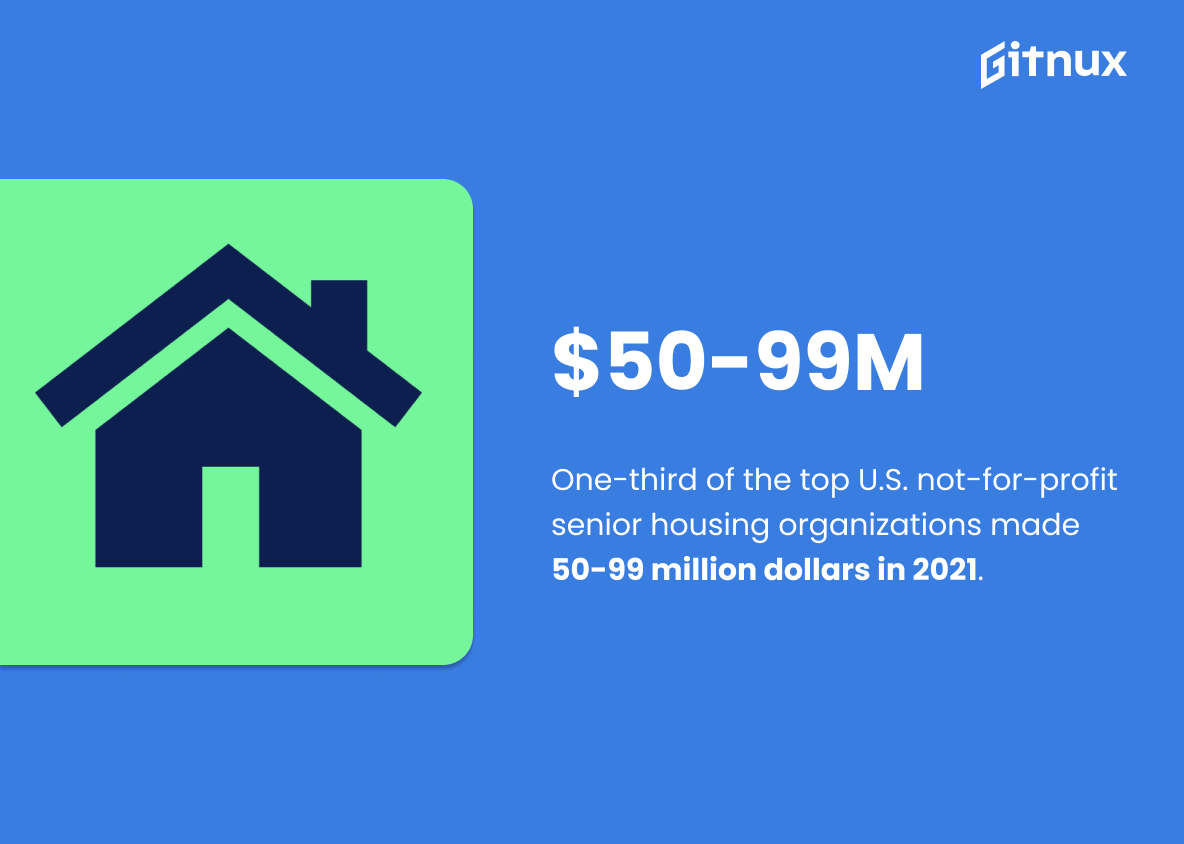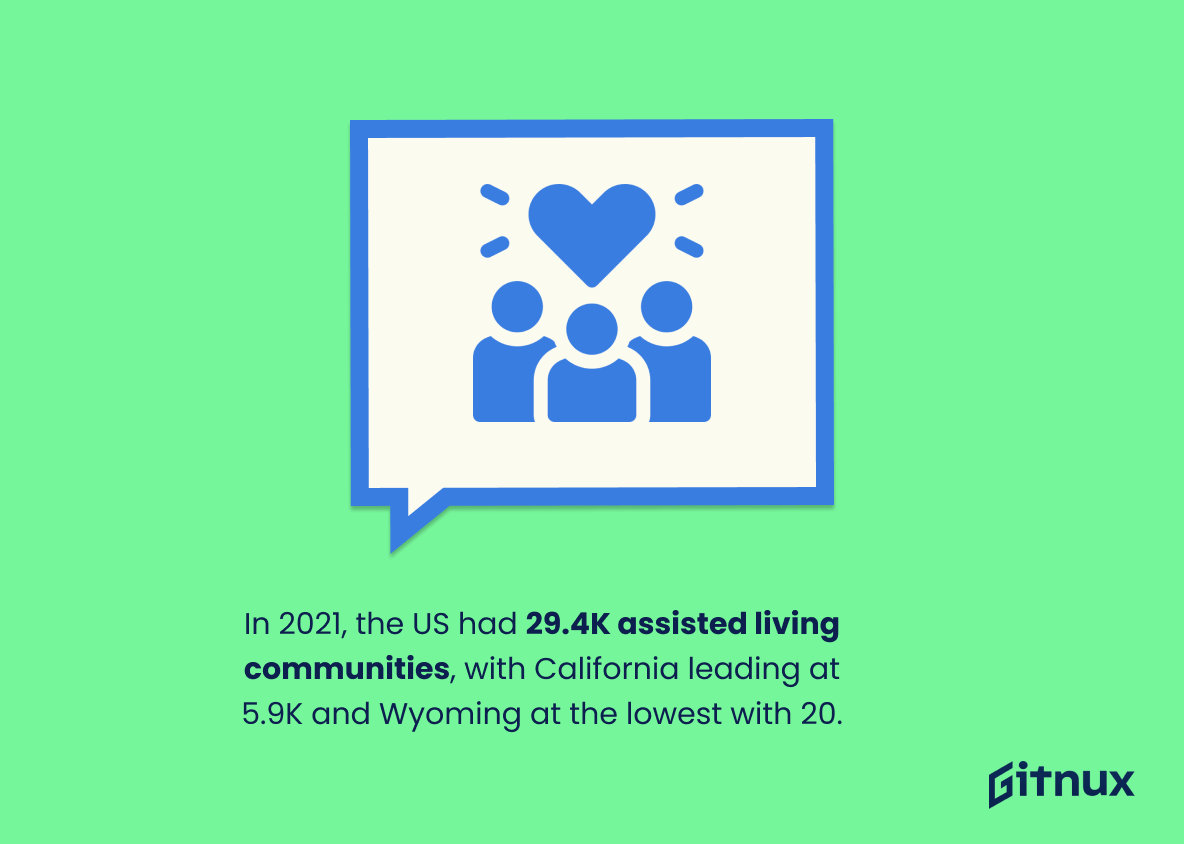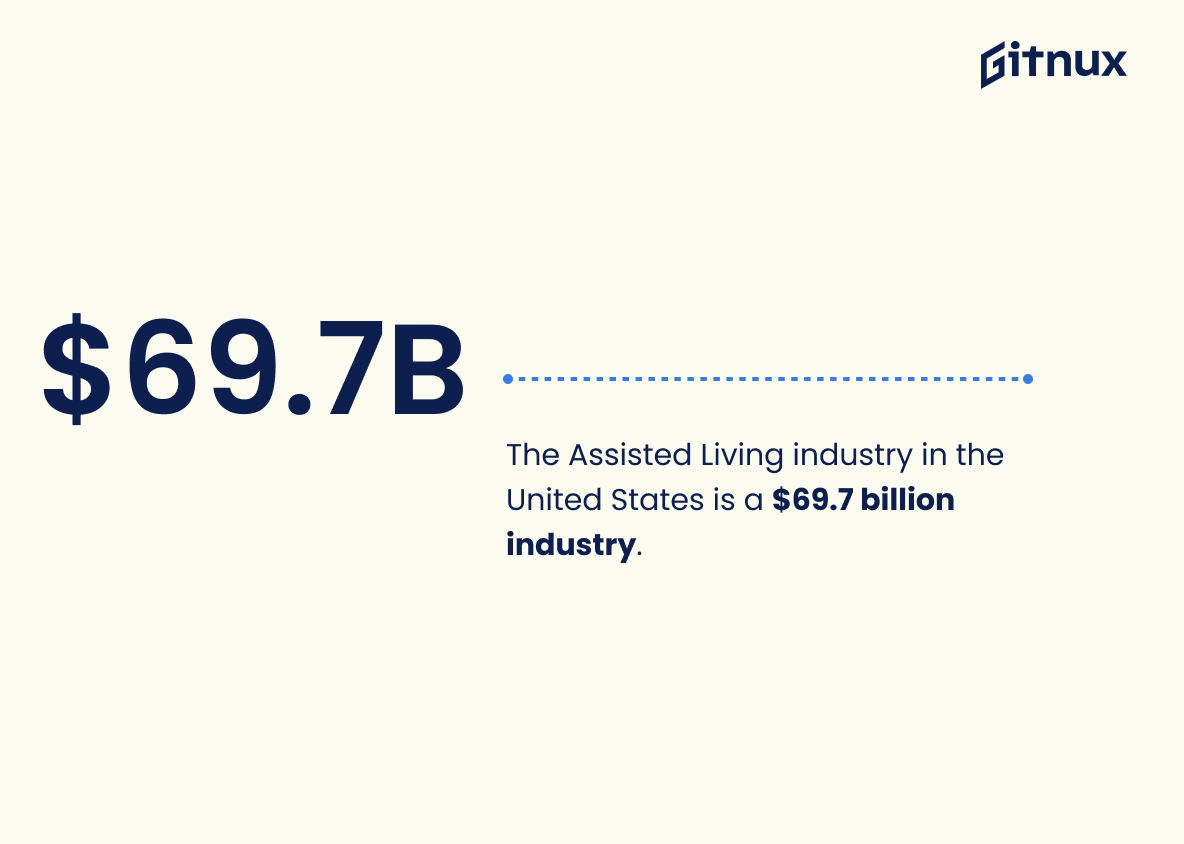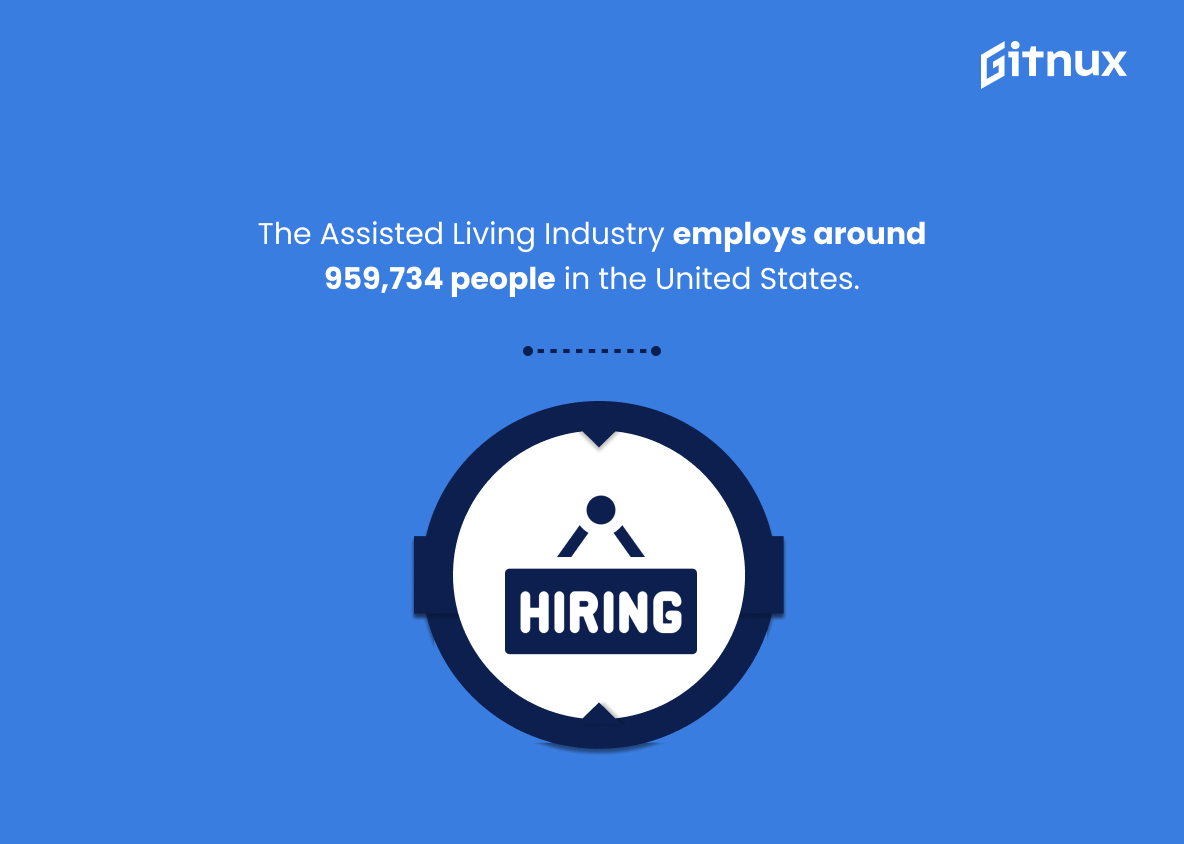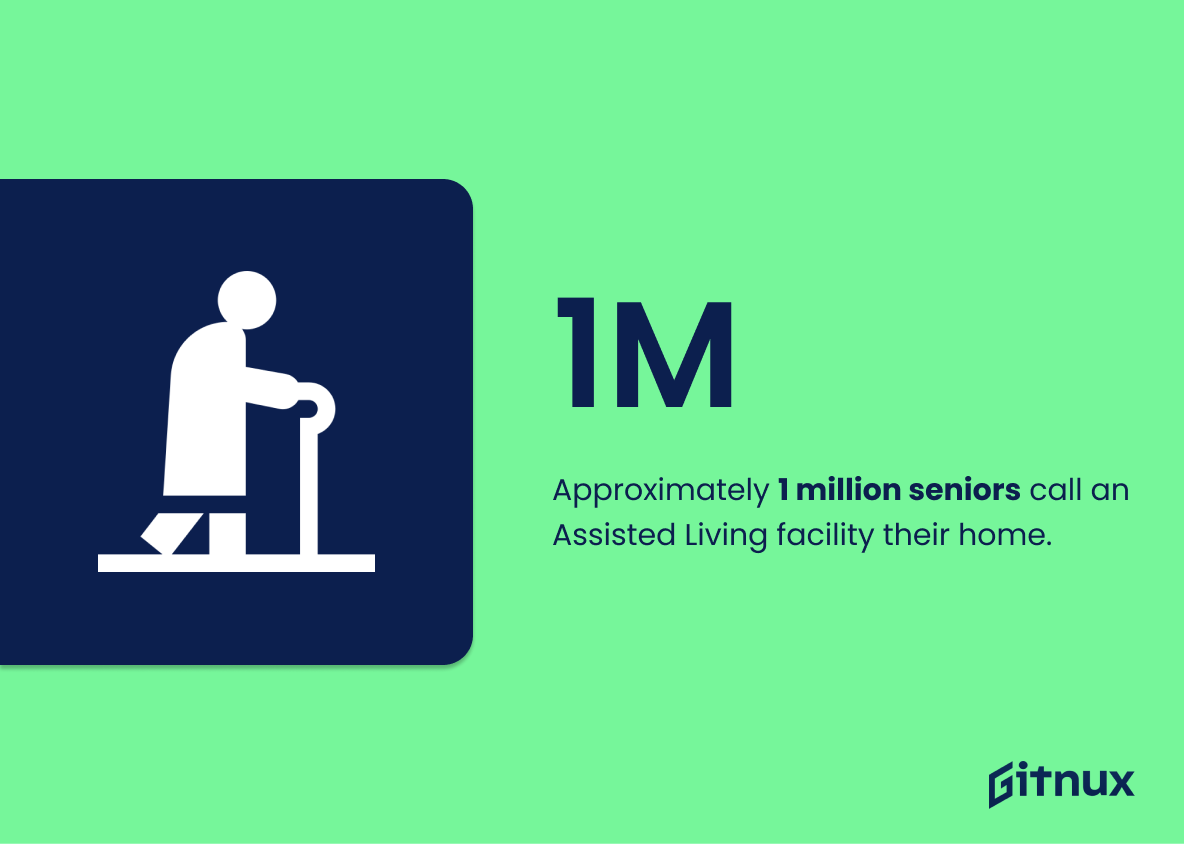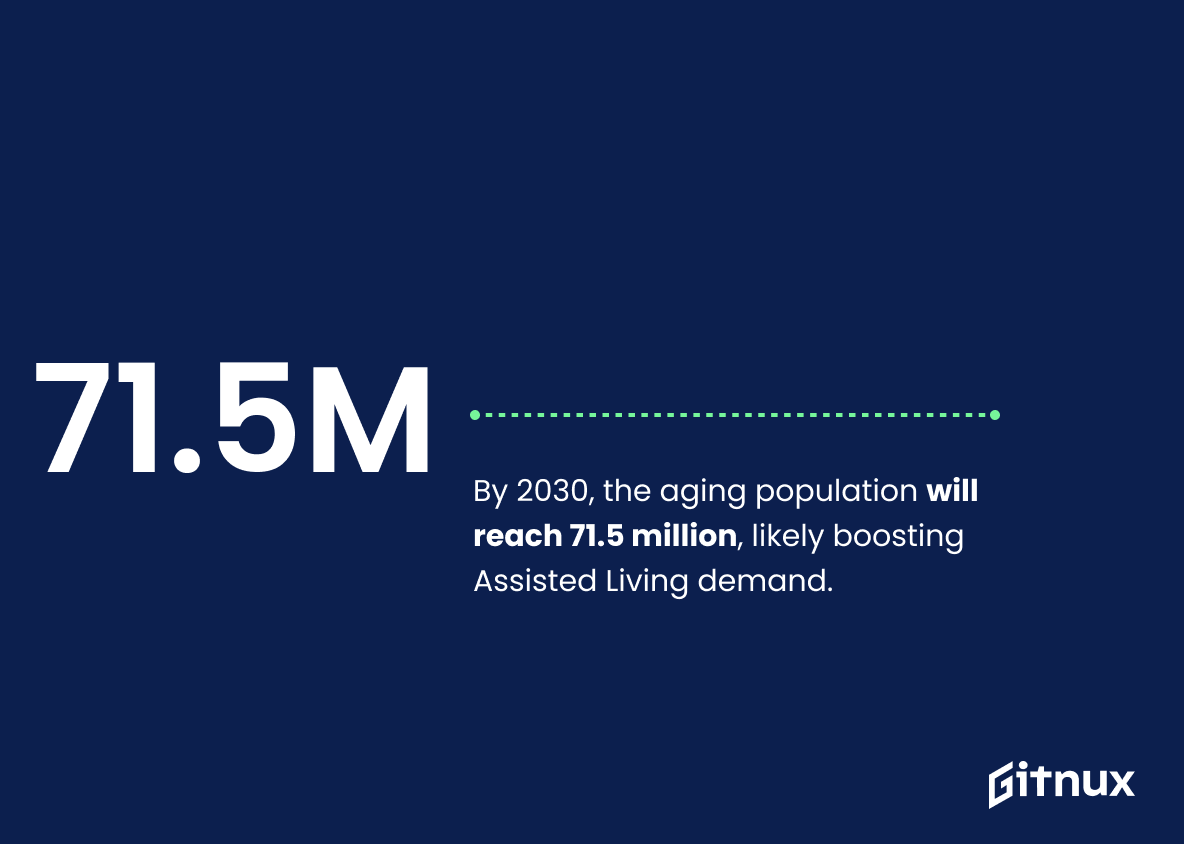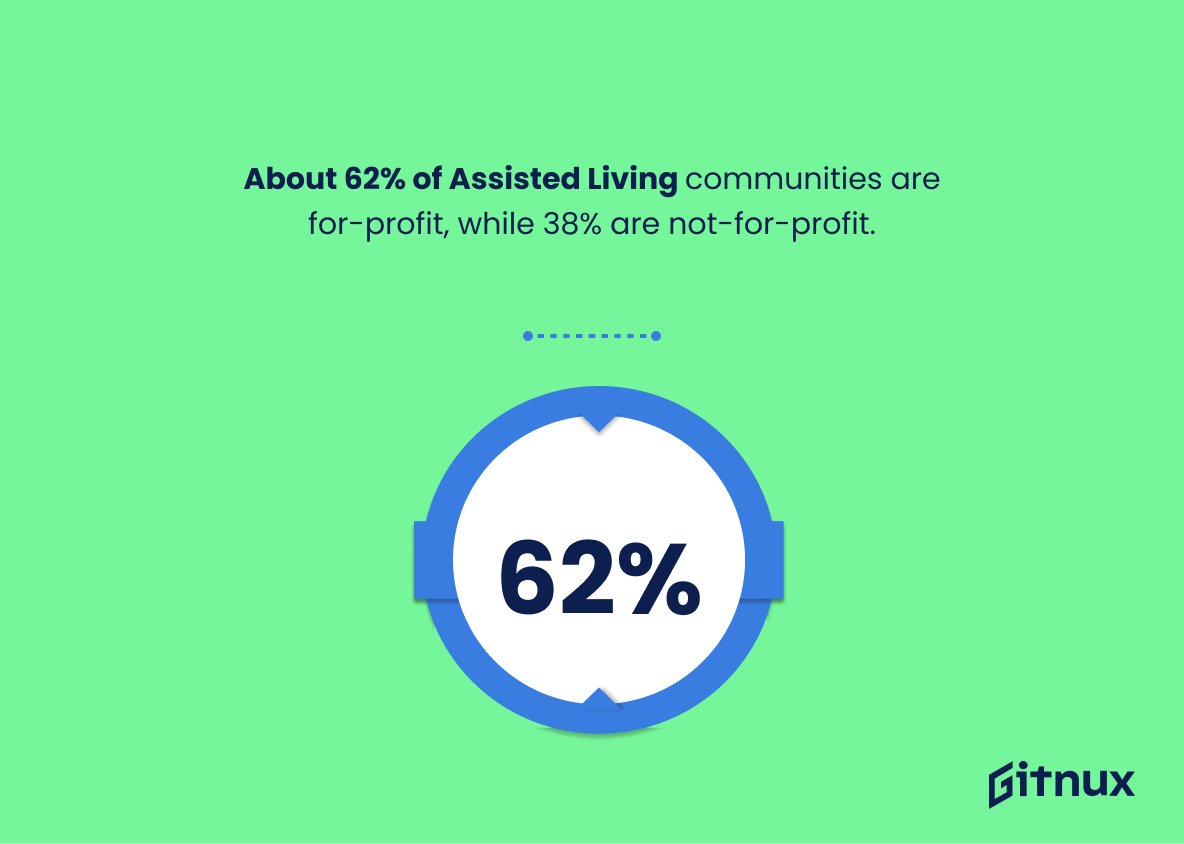The assisted living industry is a rapidly growing sector of the healthcare industry. As the population of seniors continues to grow, so does the demand for assisted living services. With this growth comes an increase in the number of assisted living facilities and the need for more information about the industry.
This blog post will provide an overview of the latest assisted living industry statistics, including the number of facilities, the types of services offered, and the average cost of care. We will also discuss the trends in the industry and how they are impacting the future of assisted living.
Assisted Living Industry: The Most Important Statistics
40% of assisted living communities in the United States are located in the Western region as of 2021. California and New York have the highest number of nursing facility residents in the US, with over 90 thousand each, while Alaska has the lowest.
In 2021, the US had 29.4 thousand assisted living communities, with California having the most (5.9 thousand) and Wyoming having the least (20).
Assisted Living Industry Statistics Overview
Presbyterian Homes and Services was the largest U.S. not-for-profit senior living organization in 2021, with 2,524 assisted living units, but the majority of their units were for independent living.
While Presbyterian Homes and Services had the most assisted living units, they also had a large number of independent living units. This indicates that they have a wide range of services for seniors, which is important in the Assisted Living Industry, as it is important to have a variety of services available to meet the needs of seniors.
The Evangelical Lutheran Good Samaritan Society, Ascension Living, and The Carmelite System were the top three U.S. not-for-profit senior living organizations based on number of nursing care beds in 2021, with the Evangelical Lutheran Good Samaritan Society having the most beds.
83% of Assisted Living Communities in the US offer Pharmacy Services. These services are essential for many seniors, and this statistic shows that the majority of Assisted Living Communities are providing this service.
This is important information for potential residents and their families, as it provides assurance that they will have access to the necessary medication and pharmacy services they need.
40% of assisted living communities in the United States are located in the Western region as of 2021. California and New York have the highest number of nursing facility residents in the US, with over 90 thousand each, while Alaska has the lowest.
This gives an insight into the number of people in need of long-term care and the areas of the country that are most in need of such services. This information can be used to inform decisions about where to open new facilities and how to allocate resources to meet the needs of the elderly population.
By 2030, an estimated 881 thousand new assisted living facilities will be needed in the United States, representing a 9.2% increase in the number of facilities from 2021.
This increase in demand is likely due to the aging population in the United States, as well as the need for more specialized care for elderly individuals. As the population continues to age, the need for assisted living facilities is likely to increase, making this statistic an important indicator of the future of the assisted living industry.
Assisted care experienced the highest growth in terms of number of units between 2000 and 2021, with an average annual growth of 3.5%.
The assisted living industry is growing rapidly, and it is the fastest growing segment of the senior housing market.
Approximately one third of the largest not-for-profit senior housing organizations in the United States made between 50 and 99 million U.S. dollars in revenue in 2021.
This demonstrates the overall health of the assisted living industry, which is an important part of the senior care sector. It also provides insight into the financial stability of these organizations, which is significant for potential investors and customers.
In 2021, the US had 29.4 thousand assisted living communities, with California having the most (5.9 thousand) and Wyoming having the least (20).
In 2015, there were 15,800 assisted living facilities in the US, a slight increase from recent years.
The Assisted Living industry in the United States is a $69.7 billion industry.
This speaks to the immense economic impact of this sector, and the importance of its services to the elderly and their families. It also serves as a reminder of the need for continued investment in the industry, to ensure that it can continue to provide quality care and support to those who need it.
There are approximately 28,900 Assisted Living facilities in the United States.
With nearly 29,000 facilities, it is clear that Assisted Living is a major part of the American healthcare landscape.
The Assisted Living Industry employs around 959,734 people in the United States.
This highlights the sheer number of people employed in the industry, demonstrating the impact it has on the economy and the lives of those employed. It is a powerful reminder of the importance of the Assisted Living Industry and the need to ensure its continued success.
Approximately 1 million seniors call an Assisted Living facility their home.
This speaks to the sheer number of individuals who rely on these facilities to meet their needs and highlights the impact that Assisted Living has on the lives of so many.
The average monthly cost of residing in an Assisted Living facility in 2021 was $4,300.
This serves as a benchmark for the industry, allowing for comparison of costs between different facilities and regions. Furthermore, it can be used to track the cost of living in Assisted Living facilities over time, providing insight into the industry’s growth and development.
By 2030, the number of people aged 65 or older will increase to 71.5 million, which will likely increase the demand for Assisted Living facilities.
With the aging population, the demand for these facilities is expected to rise significantly, making it an important factor to consider when discussing the Assisted Living industry.
The average age of residents in Assisted Living facilities is 87 years old.
The majority of residents in these facilities are elderly, and that they require the specialized care and services that Assisted Living facilities provide. This statistic is a reminder of the importance of Assisted Living facilities in providing a safe and comfortable environment for seniors.
About 62% of Assisted Living communities are for-profit, while 38% are not-for-profit.
This provides insight into the competitive landscape of the industry, and can help inform decisions about which type of organization to partner with or invest in. Additionally, it can help inform the public about the types of services and care available in the Assisted Living industry.
56% of Assisted Living residents are female and 29% are male, with the remaining percentage unreported.
Women are more likely to be living in Assisted Living facilities than men, with the remaining percentage of residents unaccounted for. This is an important statistic to consider when discussing the Assisted Living industry, as it provides insight into the gender dynamics of the industry and the potential challenges that may arise from this imbalance.
The Assisted Living Industry is expected to grow at an annual rate of 4.1% between 2021 and 2028.
The industry is likely to experience a steady growth in the coming years. It is an important indicator of the industry’s potential for success and provides valuable insight into the future of the Assisted Living Industry.
Dementia care services are offered by more than 65% of Assisted Living communities.
This highlights the dedication of these communities to providing a safe and supportive environment for those with dementia, and demonstrates the importance of providing specialized care for this population. It is a reminder that Assisted Living communities are an invaluable resource for those living with dementia and their families.
Approximately 42% of Assisted Living facilities are part of a chain.
This could have implications for the quality of care provided, as well as the cost of services, as larger chains may be able to leverage economies of scale to offer lower prices. It could also mean that the industry is becoming more competitive, as larger chains may be able to offer more services and amenities than smaller, independent facilities.
Over 75% of Assisted Living communities have less than 50 residents.
Assisted Living communities are typically smaller in size, providing a more intimate and personalized experience for their residents. This is an important factor to consider when researching Assisted Living options, as it can help ensure that residents receive the individualized care and attention they need.
The median resident age of Assisted Living facilities is 84 years old.
It highlights the fact that the majority of residents in these facilities are elderly, and that the industry is focused on providing care and support to this age group.
The average monthly cost for Assisted Living in the United States ranges from $2,881 to $7,045 based on location.
It is important to consider the cost of living when making decisions about Assisted Living, as it can have a significant impact on the quality of care and services that are available. Knowing the average monthly cost for Assisted Living in different locations can help individuals and families make informed decisions about their care.
Approximately 45% of Assisted Living residents use Medicaid to cover their care expenses.
This statistic is a telling indication of the financial burden that Assisted Living can place on individuals and their families. It highlights the need for more affordable options in the Assisted Living industry, as well as the importance of Medicaid in helping to cover the costs of care.
Conclusion
In conclusion, the assisted living industry is a rapidly growing sector of the healthcare industry. With the aging population and the increasing need for specialized care, the assisted living industry is poised to continue to grow in the coming years.
The statistics provided in this blog post demonstrate the potential of the assisted living industry and the importance of understanding the industry’s current trends. As the industry continues to grow, it is important to stay informed of the latest industry developments and trends in order to make informed decisions about the future of the assisted living industry.
References
1 – https://www.statista.com/statistics/281699/us-not-for-profit-senior-living-organizations-by-assisted-units/
2 – https://www.statista.com/statistics/281723/us-not-for-profit-senior-living-organizations-by-nursing-care-beds/
3 – https://www.statista.com/statistics/1004871/share-of-assisted-living-communities-in-the-us-by-provided-service/
4 – https://www.statista.com/statistics/1004860/share-of-assisted-living-communities-in-the-us-by-region/
5 – https://www.statista.com/statistics/1168843/number-residents-certified-nursing-facilities-state/
6 – https://www.statista.com/statistics/1338232/number-of-people-in-assisted-living-facilities-us/
7 – https://www.statista.com/statistics/1357212/senior-housing-units-growth-usa-by-type/
8 – https://www.statista.com/statistics/1357224/senior-housing-organizations-usa-annual-revenue/
9 – https://www.statista.com/statistics/1338227/number-of-assisted-living-communities-us-by-state/
10 – https://www.statista.com/statistics/323232/number-of-assisted-living-facilities-in-the-us/
11 – https://www.nia.nih.gov
12 – https://www.asaging.org
13 – https://www.genworth.com
14 – https://www.alz.org
15 – https://www.ahcancal.org
16 – https://elderguide.com
17 – https://www.reportlinker.com
18 – https://www.caring.com
19 – https://www.leadingage.org
20 – https://www.ibisworld.com
21 – https://kff.org
22 – https://www.assistedliving.org
